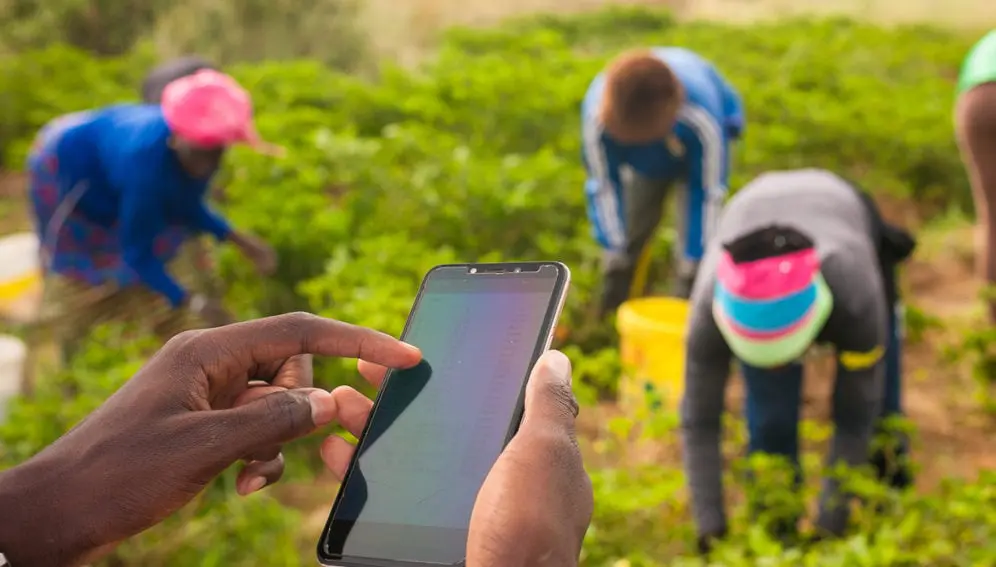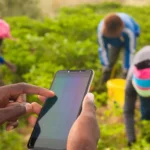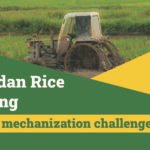In the world of innovation, one principle stands tall: build with the user, not just for them. Books like The Lean Startup have helped popularize this user-centered approach, which has revolutionized industries from tech to healthcare. But in agriculture—where the stakes are high and the variables even higher—this mindset is just beginning to take root.
Agriculture Isn’t One-Size-Fits-All
Farming is deeply personal, highly contextual, and influenced by everything from local weather patterns and soil types to cultural traditions and access to capital. A brilliant solution in one region may flop in another simply because it doesn’t fit the context.
This is why co-creation with farmers is essential. By involving farmers directly in the design process, we can build tools and systems that are not only innovative but practical, affordable, and, most importantly, usable.
Here are two standout examples of this principle in action:
1. Pay-as-You-Go Tractor Services
In many parts of sub-Saharan Africa, owning a tractor is a luxury most smallholder farmers can’t justify. The machines are expensive, and most farmers don’t need them every day. Hence buying these machines is not practical and financially feasible.
Enter Hello Tractor, a company that flipped the model: instead of ownership, think shared access. Their platform connects tractor owners with farmers who need equipment temporarily. Think of it like Uber for tractors. This solution makes mechanization accessible to small-scale farmers while creating an extra income stream for tractor owners.
It’s a win-win powered by understanding local needs—and co-designing around them.
2. Low-Cost Drip Irrigation Kits
Traditional irrigation systems are often too complex, too expensive, or both. That’s why Driptech teamed up with farmers to create affordable, low-tech drip irrigation kits. By co-designing these systems directly with users, they ensured the kits are:
- Easy to install
- Require no special skills
- Use minimal water
- Adaptable to different crops and field sizes
The result? Even the smallest farms can now boost productivity while conserving water—a crucial win in drought-prone areas.
The Takeaway: Design With, Not Just For
User-centered design in agriculture isn’t just about introducing new tools or technologies—it’s about deeply understanding how those solutions fit into farmers’ daily lives, economies, and environments.
To truly support farmers, we must listen first, design second.
So whether you’re building a smart irrigation app, a crop forecasting tool, or a new harvesting device, remember: the field may be the focus, but the farmer is the future.
📝Cradle – March, 2024




